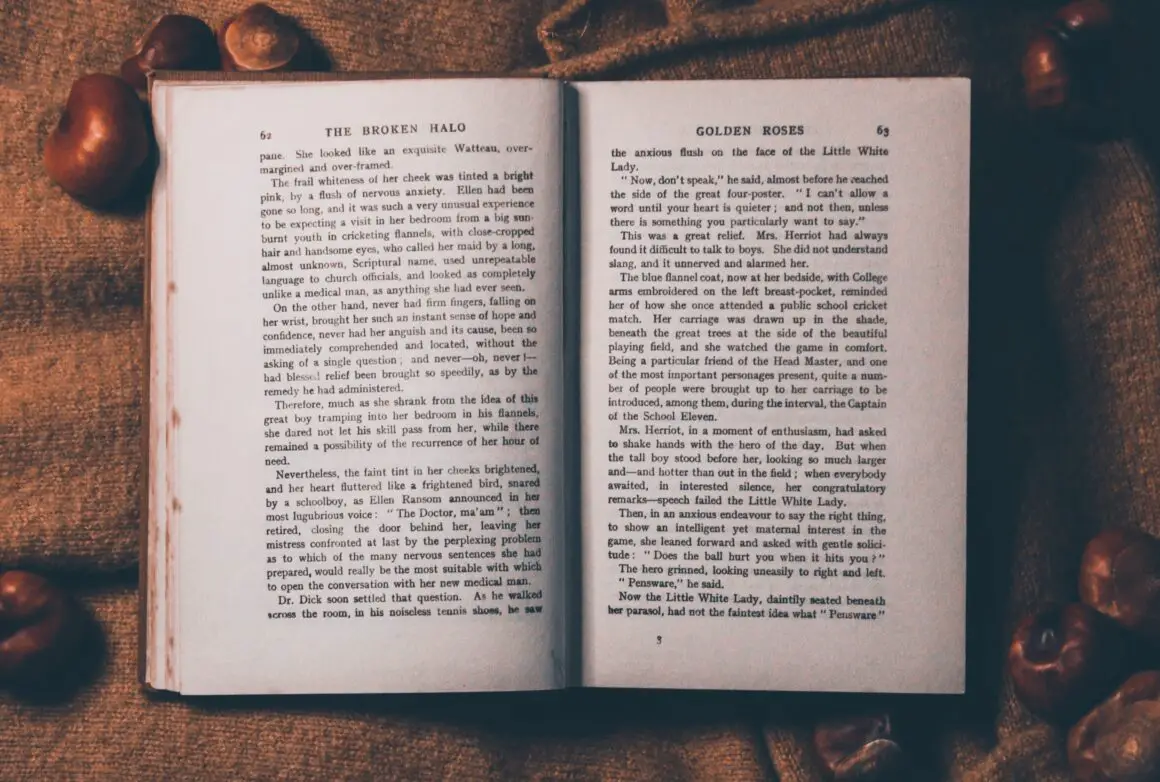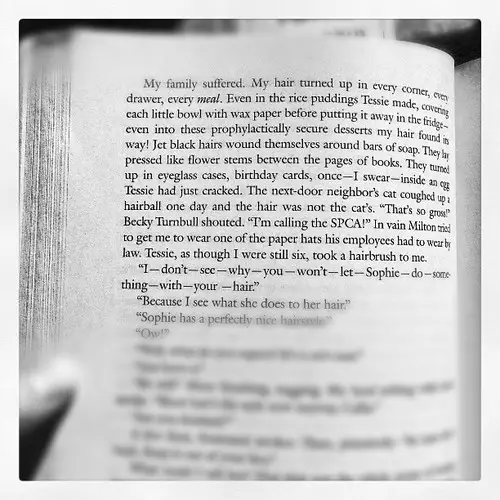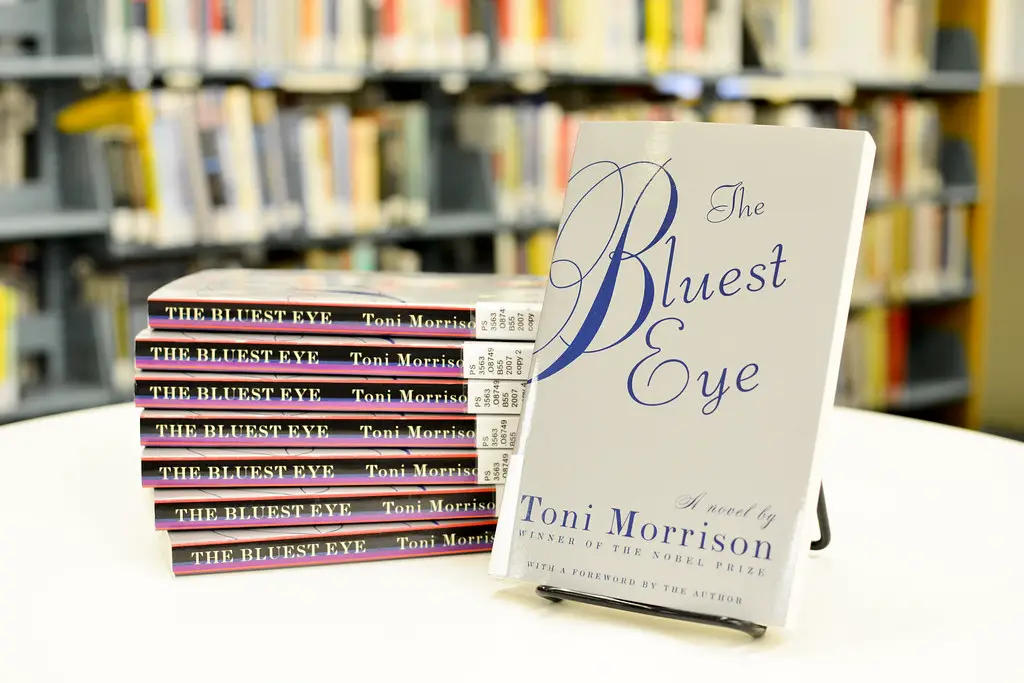Over the years, reading has had a profound effect on my thoughts, beliefs, and most of all, sense of self. Readers make emotional investments in literary choices that impact the way we feel, think, and act. Samuel Johnson (1708-1784) wrote, “A writer only begins a book. A reader finishes it.” How true.
Looking through the kaleidoscope of literature, we bring our worldview, including our values, individual upbringing, experiences, expectations, and prejudices, to every story, which is why books affect each of us differently. Likes and dislikes are personal, which is the way they should remain.

“Read it and weep,” we are told. Laughter leads to tears because they are so closely aligned to a reader’s reaction. Sometimes you laugh so hard you cry. Stories are often borderline funny/tragic. Can you think of a time when you threw a book across the room in anger at the death of an innocent beloved character? I can think of a few where I was that emotionally involved. “Do you have an onion in your pocket?” was my family’s reaction.
My personal feelings on emotional takeaways focus mainly on books I’ve never forgotten among those I’ve read over the years. Tucked away in my mind and always there to revisit when the occasion arises, these fictional works are my choices among many and are based on a description, moment, psychological theory, horror, joy, sadness, or justice realized.
Utter Joy and Hope
The Accidental Tourist (Anne Tyler, 1985)
Macon believes he can handle the death of his son, Ethan, and move forward in life. He is in a taxi driving off when he sees Muriel, the woman he let go, waving down taxis, first the one ahead, then Macon’s own. “Arretez! [Stop!] Macon cried to the driver. The taxis lurched to a halt. A sudden flash of sunlight hit the windshield and spangles flew across the glass. The spangles were old water spots, or maybe the markings of leaves, but for a moment Macon thought they were something else. They were so bright and festive, for a moment he thought they were confetti.”
Related: A Talking Cat Shares the Meaning of Life and Books!
This is the most exquisite description of joy and hope that I’ve ever read.
I Wandered Lonely as a Cloud (William Wordsworth, 1807)
My favorite poem describes thousands of gorgeous daffodils seen by the poet. They become fixed in his mind’s eye, a place some of us visit when the world is “too much with us.” The last stanza reads:
For oft, when on my couch I lie
In vacant or in pensive mood,
They flash upon that inward eye
Which is the bliss of solitude;
And then my heart with pleasure fills,
And dances with the daffodils.
You can go home again, time after time, even if only in your imagination, picturing a place where peace and solitude await, just for a while when you need it most. What beauty.
Unspeakable Sorrow
Middlesex (Jeffrey Eugenides, 2002)
Calliope or Calli or Cal, as she is called, is the progeny of a brother-and-sister marriage, which results in a gene that makes her intersexual. After years of gender and identity confusion for her, while her parents consult a specialist doctor, Calli goes to a library, looks up hermaphrodite, and reads this:
“hermaphrodite – 1. One having the sex organs and many of the secondary sex characteristics of both male and female. 2. Anything comprised of a combination of diverse or contradictory elements. See MONSTER. There it was, monster, in black and white in a battered dictionary. The synonym was official in a great authoritative city library. It was the verdict that the culture gave a person like her. Monster was what she was.”

Calli visualizes herself as a shaggy hideous creature. “Her fingers went white as she stared down at that word. Monster.” Her eyes fill with tears. So did mine. This self-discovery was, to me, unbearably sad.
Bambi the Story of a Life in the Forest (Felix Salten, 1923)
Bambi, a fawn, only has his mother to rely on in the forest. She teaches him survival skills and to evade danger, especially from Him, the hunter. We as readers understand the peril. The forest creatures run away when they see or hear Him, fearful and anxious about his intentions. “They all cringed as they talked about Him, as though they felt the presence of some dark, inexplicable power holding sway over them.” Tales about Him were “always full of horrors, blood, and suffering.” Bambi’s mother teaches him to run, a familiar refrain throughout the story.
Screaming and “thunderbolts” (gunfire) explode in a later hunting scene, as animals are fatally wounded. “Run Bambi, run,” he hears and obeys. Bambi sees his Aunt Ena, who “was weeping and nearly dead from exhaustion. They all became silent.”
“Then Bambi asked dejectedly, ‘Aunt Ena, have you seen my mother?’”
“’No,’ Aunt Ena answered gently.
Bambi never saw his mother again.”
I remember I was an elementary school child, sitting in a book cove at my friend’s house. Do you recall something devastating that took place in your life? This was one such moment of sorrow for me. I was stunned by grief. I never picked up the book again until today, yet I’ve never forgot it. It’s possibly an identification of how you feel at the loss of your mother.
Conformity to Unrealistic Ideals of Beauty Hurts
The Bluest Eye (Tony Morrison, 1970)
Conformity to “acceptable beauty” has often been the desired norm with negative results for those outside the stereotype. Morrison’s book is a “case study” of racial prejudice, about people of diverse coloring and facial features who are shunned and persecuted for being different. The conviction of personal “ugliness” held by the Breedlove family in this story drives their destruction. If they could only reclaim the beauty of their blackness…but they cannot.
For example, Claudia MacTeer, a young, black friend of protagonist Pecola Breedlove, comments on her hatred of white-pink porcelain baby dolls, Shirley Temple in particular. Her attitude originates from society’s belief that only blonde, blue-eyed girls with straight hair and turned-up noses are beautiful. Claudia learns to accept this standard, even worship it, knowing “that the change was adjustment without improvement.”

Contempt for her own dark skin, curly hair, and brown eyes leads to the tragic downfall of Pecola Breedlove. She believes that her salvation, self-love, and acceptance rest in the color of her eyes, so she prays to God to give her the bluest eyes possible. Thinking that her wish has been granted and that she has become beautiful, Pecola goes mad.
Eye of the Beholder (Rod Serling, Nov. 11, 1960)
Similar in theme and based on a proverb, this Twilight Zone teleplay written by the brilliant Rod Serling illustrates the presumption that beauty, and just about every belief we hold true, is whatever our society deems it to be. In this scenario, the 11th and final plastic surgery performed on Janet Tyler does not work. Unbandaged, her face renders her monstrous to the people of the world in which she lives. Ironically, by our standards on Earth, we would find her beautiful. The consensus of any biased viewpoint that goes against an acceptable image in the “real world” can be ugly. But there it is—our reality.
To be continued.
